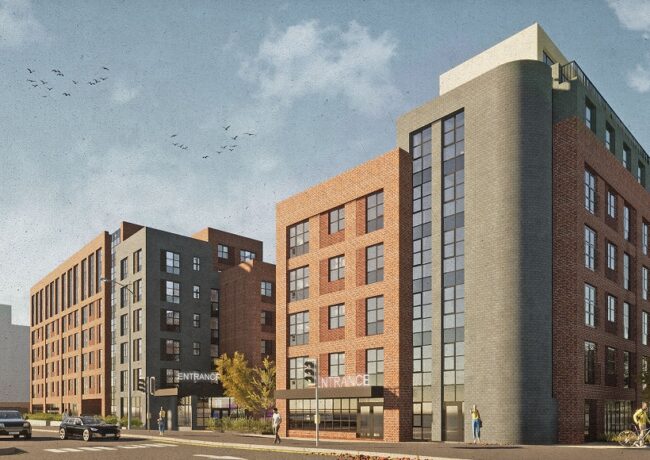GMSF delayed over ‘technical details’
Publication of the draft Greater Manchester Spatial Framework has been delayed for a month as officers and politicians finalise key elements of the 20-year planning blueprint for the city region.
The GMSF was due to go before the executive committee of the Greater Manchester Combined Authority at its September meeting this Friday.
However, the GMSF was pulled from the agenda and is now expected to appear at the 28 October meeting.
Contentious issues including how to handle the expected Green Belt boundary review and agreeing the location of large industrial development sites to attract logistics employers are believed to be behind the delay as compromises between the 10 boroughs are hammered out.
Eamonn Boylan, lead officer for planning and housing at GMCA, and Stockport chief executive, told Place North West: “It has always been our intention to start a public consultation on a draft GMSF in October. The planning teams working on the draft spatial framework now have a couple of weeks to ensure that the technical elements of the draft Greater Manchester Spatial Framework are correct when presented to the Joint GMCA/AGMA Executive Board in October where we are seeking approval for public consultation to commence for a period of eight weeks.”
Boylan added that the planning teams requested extra time to “finalise all of the supporting papers.”
Many housebuilders and planning advisors in the city region believe the targets for building new homes do not go far enough and are based on overly conservative economic forecasts.
The first draft GMSF published late last year proposed several housing target options from around 10,000 homes a year to 15,000 homes a year, with the accompanying economic data suggesting the lower end of the target range would ultimately be selected. A degree of Green Belt land is expected to be released for development whichever option is chosen.
The Housing the Powerhouse campaign backed by the Home Builders Federation, Greater Manchester Chamber of Commerce and developers including Barratt, Emerson and Gladman, wants to see 16,000 homes a year built in Greater Manchester. Otherwise, the campaigners say, GM faces a London-style housing crisis. If the higher target of 15,000 were chosen, the amount of Green Belt land required is only 1%, according to one advisor to the Housing the Powerhouse campaign.
Earlier this month Cllr Richard Farnell, leader of Rochdale and lead member for planning and housing at GMCA, wrote that the city region is “going to need up to 230,000 new homes by 2035”, which would equate to 11,500 over 20 years, of which 70% will be on brownfield land.
Farnell said: “We’re going to work hard to make sure these are developed and you could call our approach ‘urban first’, but as we still have a shortfall we will also need to identify some limited areas of Green Belt to release for development.”
All boroughs are likely to have to contribute an element of Green Belt land, although Manchester is nearly all urban, previously developed land.
Farnell has also been promoting the concept of Garden City Suburbs around the Greater Manchester Green Belt. There is currently Government funding available for locally led “garden villages.”
Once the public consultation ends, the final draft would be produced in 2017 and go forward to examination by a planning inspector before it could be adopted, scheduled for 2018.
The new directly elected mayor for Greater Manchester, due to be chosen in May 2017, will have a vote on the GMSF, with a unanimous 11 out of 11 required to pass the plan. The plan would also need to be passed by each of the 10 local authorities’ planning committees.





Housing The Powerhouse aren’t remotely interested in building more homes. What they are interested in is gaining easier access to cheap and easy-to-develop greenfield land.
Everyone knows that supply is rigidly unresponsive to demand. Releasing more land on the edges of the conurbation will do little but promote sprawl.
By Corporate welfare watch
I agree with the comments below in that developers are not in the least interested in improving the plentiful supply of brownfield sites available throughout Greater Manchester-far, far easier to develop virgin ground and simply plonk houses where they are not wanted,and are well-used already by the local residents-children’s parks to cite one example.
By Jonathon
It would be interesting to see if any of these ”planners” live in the Green Belt areas they are trying to sacrifice to FTSE100 ”developers” for easy gain.
By Keith